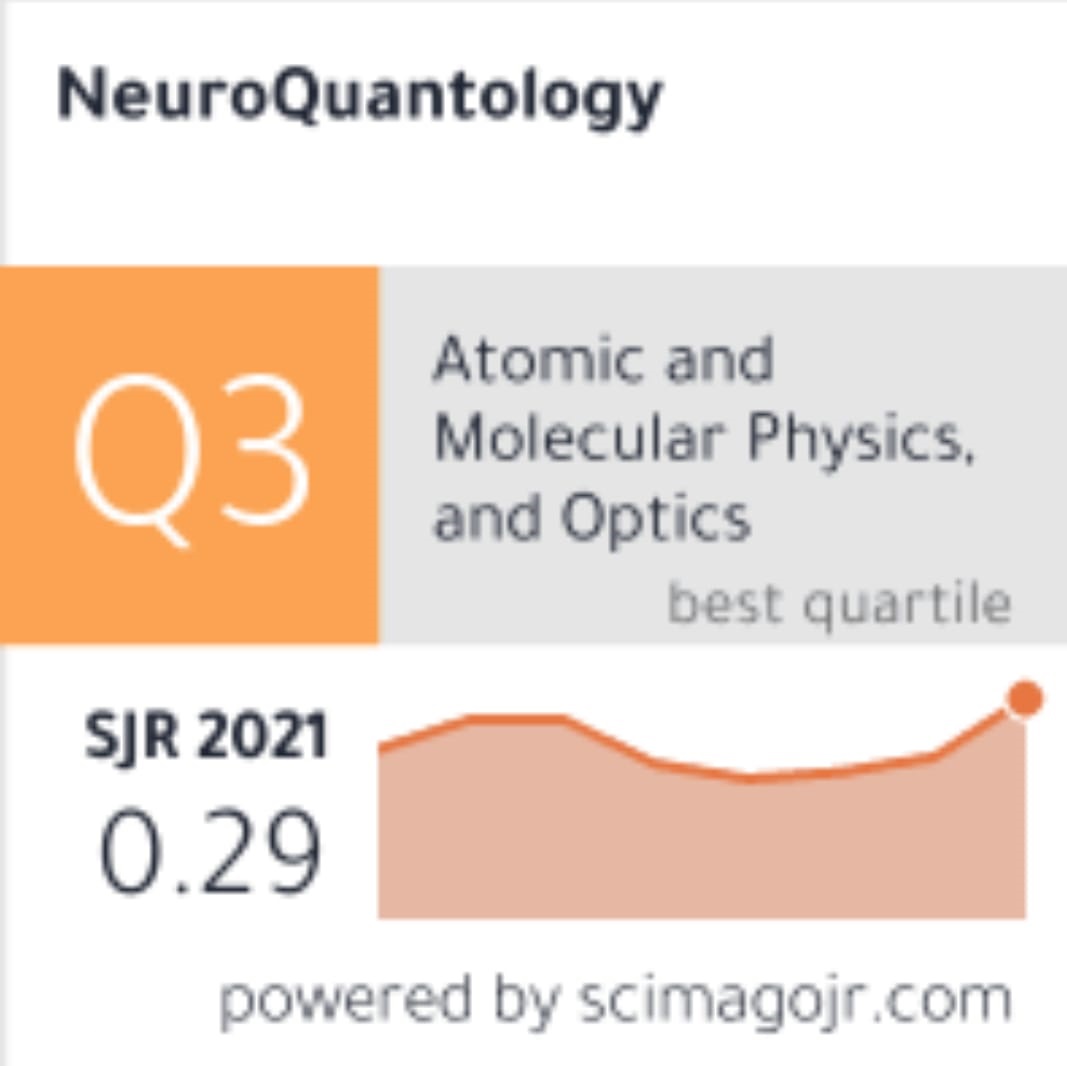


Volume 20 No 11 (2022)
Download PDF
Classification and Recognition of Noisy Fingerprints Using Quaternion Matrix and Multi-Layer Perceptron
Nandini Tyagi , Pranjali Srivastava , Pranit Puri , Avishi Tayal , Dr. Manish Bhardwaj
Abstract
This research primarily focuses on fingerprint identification system. Fingerprint identification is a
biometric authentication system that uses a computer database of fingerprint records to confirm an
individual's identity. Here for training and testing purpose we have used custom dataset which
comprises of several scanned fingerprint images. To delve deeper into this area, we have referred to
previous researches intending to obtain the best results. To enhance the fingerprint image and
extricate the required features here we have applied the Quaternion Kalman filter. This filter is
based upon the conception of hyper-complex numbers. In our study we have used the loss function
of quaternion filter for obtaining the best outcomes. Subsequently, in order to classify the extracted
features Multilayer Perceptron (MLP) classification approach is suggested in research. MLP is an
Artificial Neural Network (ANN) which is used to solve supervised learning problems. In the
suggested methodology, MLP is implemented for classifying the enhanced features of the original
fingerprint image and the recognized one. Thereafter, Fingerprint matching is performed using
quaternion algorithm which is based upon neural networks. It helps to get better visualization of an
image. Proposed methodology leads us towards the finest results.
Keywords
Fingerprint Recognition, quaternion, MLP, PCA
Copyright
Copyright © Neuroquantology
Creative Commons License
This work is licensed under a Creative Commons Attribution-NonCommercial-NoDerivatives 4.0 International License.
Articles published in the Neuroquantology are available under Creative Commons Attribution Non-Commercial No Derivatives Licence (CC BY-NC-ND 4.0). Authors retain copyright in their work and grant IJECSE right of first publication under CC BY-NC-ND 4.0. Users have the right to read, download, copy, distribute, print, search, or link to the full texts of articles in this journal, and to use them for any other lawful purpose.
